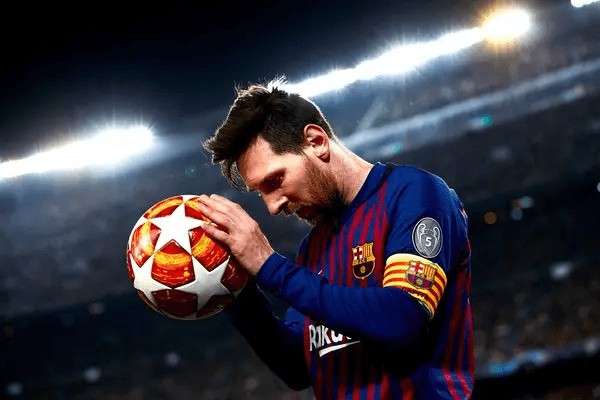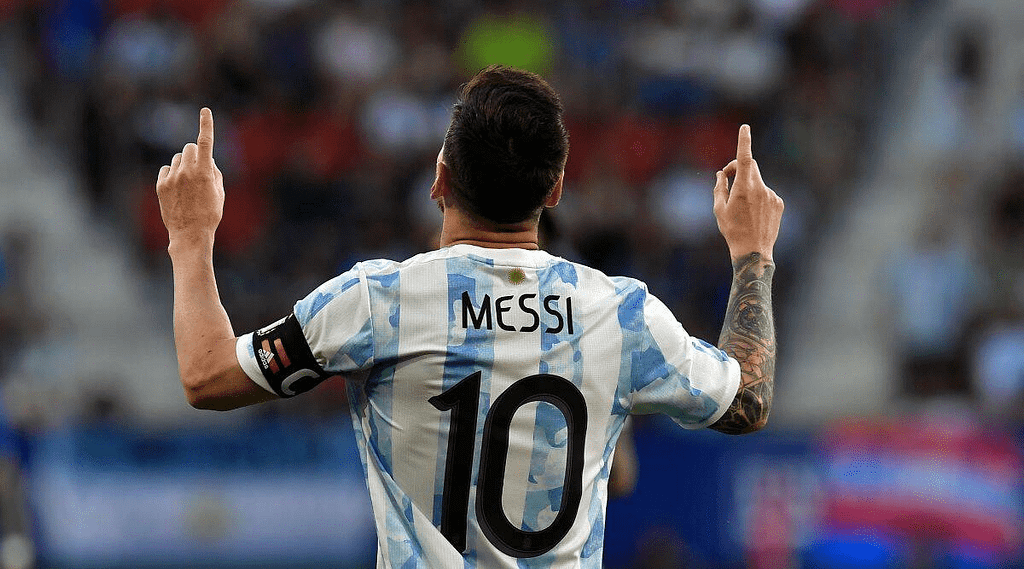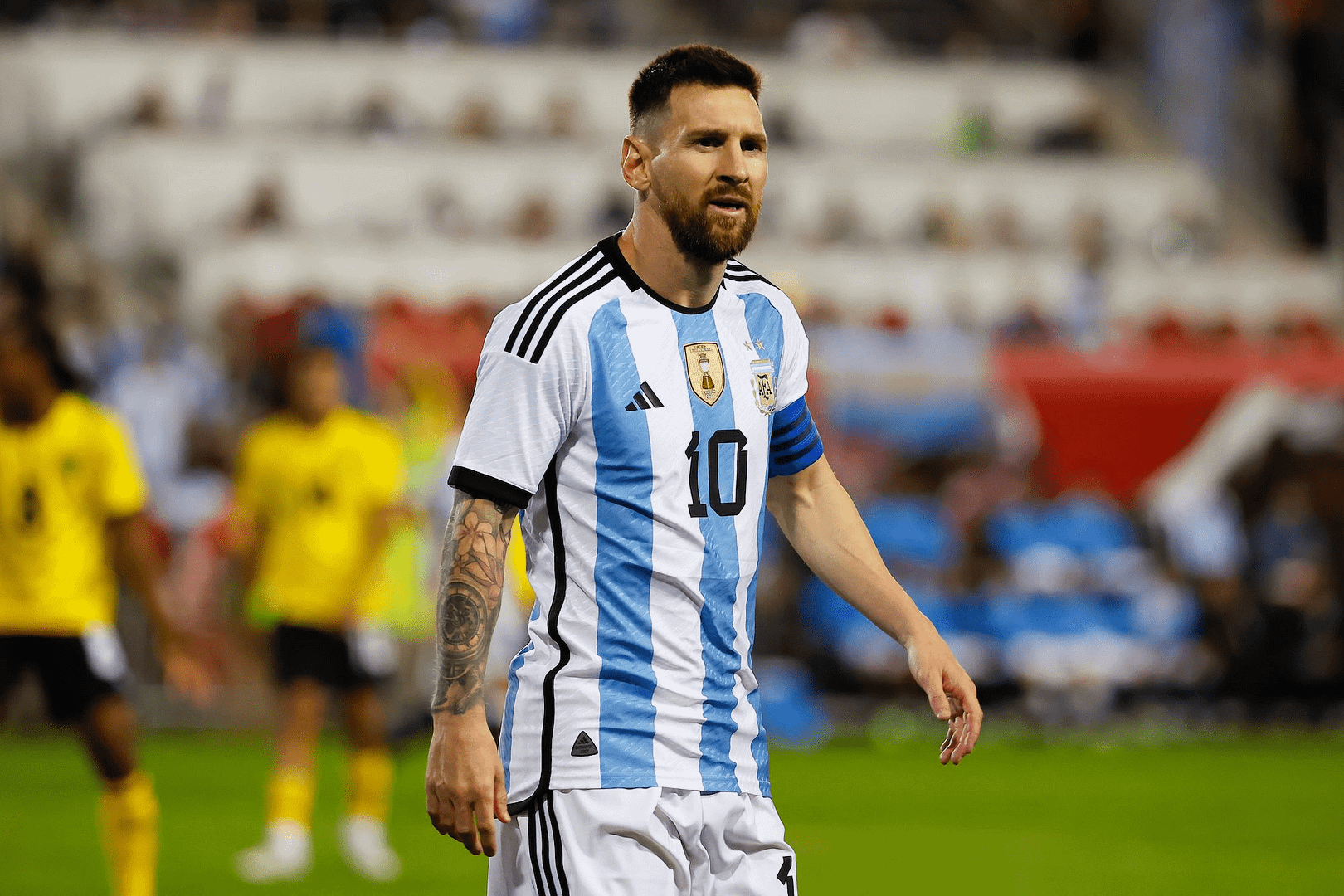The group stages of the 2022 World Cup are about to get serious. The matches are still tense and a lot of fun, the goals are still fantastic, and the outcomes are still unpredictable. With so much activity occurring each day, ESPN India tries to identify the one extraordinary event that served as the day’s focal point.
We chose Lionel Messi’s little run from Argentina’s 2-0 victory against Poland on day 11. There was no goal or assist as a result. However, this one was significant because it brought to mind what made Messi so special.
The blog entry “Messi is a dog” by Argentine journalist Hernan Casciari was published on June 11, 2012, ten years ago. The idea was that Messi’s unwavering devotion to football was comparable to his family’s previous pet dog, who had little interest in anything besides a yellow dishrag. The ball in Messi’s case. He explained how Messi was so engrossed in his obsession that nothing else around him mattered even the slightest, much like his cat. not the game’s setting or the final score. Messi only ever wanted to seize the ball and take off running. go away. go away. When you kicked him, he would instantly get back up and take off running. If you pulled on his shirt, he would brush you off and flee.
Thierry Henry once discussed a comparable topic. How Messi would sometimes sprint to the goalkeeper during Barcelona training, demand the goal, and then simply leave.
The Messi that Casciari described and that Henry mentioned has changed.
His wavy hair has been buzz cut for the previous ten years, and a rough beard has grown on his face. He is no longer “el mudo,” the dumb man who used to quietly sit in a dressing room corner. Before wars began, rulers used to deliver speeches of this nature. When he receives a kick, he collapses and remains motionless. He makes imaginary card waves at people’s faces. He starts disputes. Off the pitch, he continues to bear the weight of a country and a globe that no longer has the ability to distinguish between team and individual. He is a Saudi-promoting, big-brand endorsing, commercial monster that lives under the constant spotlight of the public and is one half of the football argument that consumes all of society.
On the field, he continues to make room simply by existing; he consistently draws two or more markers and makes gaps elsewhere. However, so much else has changed. When he has the ball, it’s all about efficiency; a fast dribble here and an offload there, a first-time pass to keep the ball moving, or a more thorough sweep to put the ball in behind. When he doesn’t have the ball, he may still act like a bored, irritable teenager.

That obstinate desire to simply accept it and leave? From his own half, through the middle, along the wing, or near the edge of the other team’s box? not any more.
But occasionally, he does something that makes you remember him. He did precisely that in the 53rd minute of this nail-biting contest against Poland.
It begins simply and unobtrusively. He receives the ball just behind the furthest point of the centre circle, deep inside his own half. As he nearly often does, he receives it as he is halfway turning to face the direction of the Poland goal. then departs. The blur that results from those tiny legs scampering so quickly is comical. Four Poles were in front of him and two were behind him as they quickly turned around. The ball is permanently fastened to his boots, appearing to be an integral part of him.
Since Messi always runs with the ball, there isn’t much deception going on here. There are no complicated ball rolls, stepovers, or elasticos. Simply put, the ball always follows Messi. He takes a slight step back as he approaches the box, weaves a little to his left, and fools one defender. He then passes another with a quick burst of speed. Defenders braced as he took his renowned shooting position with his left foot cocked and the goalkeeper concerned.

The ball is then shank by him. He lowers his head, a resigned smile developing across his face, as it soars dramatically off course that it appears to be happening in slow motion. Almost, it seems to say, “Ah.”
We briefly had access to the previous Messi. There is nothing else on the dog’s mind as he runs after a yellow sponge. Just as quickly, we were transported back in time to the present, where Messi is an elderly player who makes errors and misses shots after exhilarating runs because he lacks the energy to maintain balance and make that pivotal last link.
In the grand scheme of the game, it was a minor incident. Neither the group table nor the scoreboard saw any discernible effects. Other times during the day did, such as Wahbi Khazri’s brilliant solo effort that lighted up Tunisia’s day of spectacular failure. Unassuming Australia advanced to the knockout stages because to the singular genius of Mathew Leckie. The tournament-contending goal by Luis Chavez versus Saudi Arabia. More tournament-defining plays occurred during the Argentina-Poland game, including Alexis McAllister’s opening goal, Julian Alvarez’s outstanding second goal, and a beautifully crafted goal that required 27 passes to complete (two more than that famous Esteban Cambiasso goal vs Serbia in 2006). Even the outstanding save by Wojciech Szczesny against Messi’s penalty.

But something about this time stood out. Call it a sense of nostalgia or the idolization of mythology. Even if it doesn’t result in anything, it just seems right when Lionel Messi runs with the ball as he did in that one minute. It’s just a single instance of unadulterated joy, like the dog who found its sponge. And despite how small and unimportant it may seem, that is the kind of thing that must be kept.
